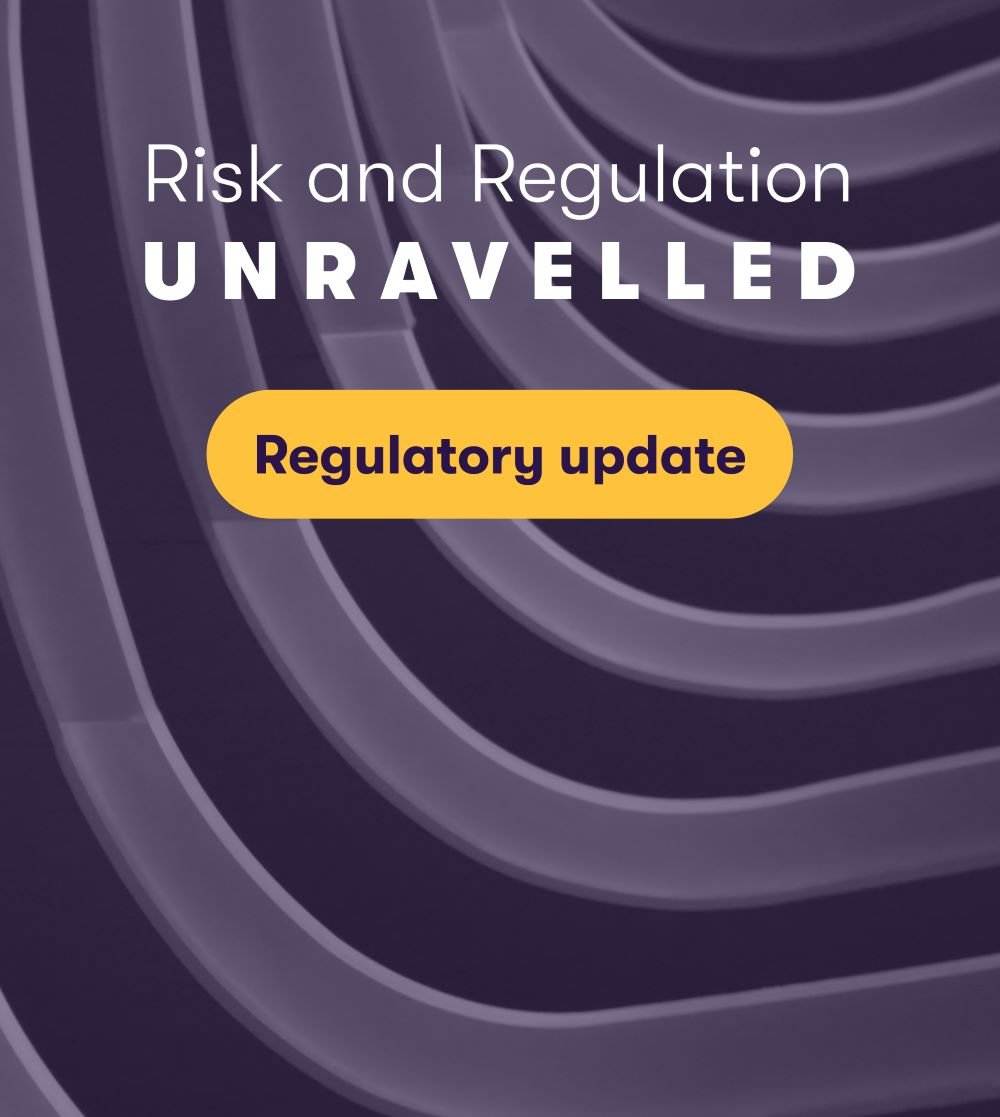
In line with the broader goals of the Leeds Reforms, the PRA seeks to simplify recovery and resolution reporting processes while maintaining a robust and safe financial system. The latest proposals aim to reduce duplication, enhance proportionality, and ease compliance burdens — particularly for smaller and mid-tier firms with less potential to cause economic harm.
While the changes aren’t radical, they collectively represent a more efficient and targeted approach to regulatory reporting to promote growth and boost innovation.
MREL reporting changes and removal of MLR002
Under CP15/25, the PRA has put forward a number of changes to MREL reporting obligations under to streamline operations and reduce the cost of compliance.
MRL001: The MRL001 template demonstrates firms’ aggregate MREL resources and the firms’ ability to meet requirements if set above MCR. The report should include details of ineligible resources that could limit loss absorption and be a barrier to resolution. Firms should specifically consider ineligible resources greater than or equal eligible MREL resources, which could create a risk to the ‘No Creditor Worse Off’ safeguard.
To achieve this, the PRA’s clarified that instruments for inclusion in the report include: own funds MREL qualifying instruments; eligible liabilities instruments; and some own funds and other liabilities that don’t qualify towards MREL.
The PRA also proposes a number of minor amendments to MRL001, including new and amended data elements, clarification around Tier 2 capital instruments, and criteria evidence to enable firms to use MREL instruments as senior liabilities.
MRL002: The PRA proposes to remove the MLR002 template, which views the same data at MRL001 data through a different lens. This change is expected to reduce the administrative burden and improve efficiency.
MRL003: The MRL003 report remains mandatory for firms set (or likely to be set) an external or internal MREL above MCR, and where a transfer is the Bank of England’s preferred resolution strategy. These reports aim to help the Bank of England carry out write-down and conversions during a resolution, including use of a bail-in alongside a transfer.
To support this, the PRA clarifies in-scope instruments and puts forward a range of small data amendments, including new information requirements for some new MREL eligible liabilities instruments. It also proposes moving some MREL related data elements from the COREP13 report to MRL003.
The frequency for submitting MRL001 and MRL003 is not changing.
New templates for MREL disclosures
Currently, some firms need to disclose information on MREL eligible liabilities and funds, in a non-prescribed format under Pillar 3. For greater consistency and ease of use, in CP16/25 the PRA has proposed broadening the scope of firms that need to disclose this information, and introducing standard templates for greater consistency.
To ensure proportionality, the PRA will introduce a range of templates to apply across the existing CRR disclosure size categories. The new templates will be based on the Basel Committee for Banking Supervision templates for TLAC, with some modifications to meet UK specific MREL features, covering:
- external MREL resources of the resolution group
- external MREL composition of the resolution group
- creditor ranking of different classes of the resolution entity and material subsidiaries.
Proposed reporting frequency is typically semi-annually, except for the new UK KM2 template which will be quarterly or annually, depending on the type of firm. This template is a reduced disclosure, applying to large and other institutions that are MREL firms and a resolution entity, but are not O-SIIs to provide data on external MREL and MCR resource metrics, requirements and buffers.
UK subsidiaries of international G-SIIs will only need to disclose the UK MREL 2 template.
These changes will also eliminate the need for the Bank of England’s annual MREL data publication.
Changes to capital distributions constraints disclosure
In CP16/25, the PRA has proposed adding a new narrative section to the UK CC1 disclosures template. This will address the composition of regulatory own funds and describe any constraints imposed, with a link to the relevant section in the PRA rulebook.
As capital distribution constraints come into play when CET1 capital doesn’t meet combined buffer requirements, the PRA is taking this step to improve transparency for market participants. Specifically, to minimise outsized reactions that could affect the firm’s financial stability and impact wider markets.
Firms to state their CRR category and basis for Pillar 3 disclosures
To improve transparency for market participants, under CP16/25 the PRA proposes that Pillar 3 disclosures should include details of why the firm is making the report, with specific reference to their CRR categorisation. With disclosure requirements varying by size and firm type, this will make it easier for market participants to assess whether a report is complete in terms of regulatory expectations.
Resolution assessment threshold raised to £100 million
Under CP14/25, the PRA proposes to raising the resolution assessment threshold to UK banks and building societies with “retail deposits equal to or greater than £100 billion”. The threshold previously sat at £50 billion and the change aims to make sure the rules are proportionate for smaller, less systemically important firms.
Firms below the threshold must still prepare for resolution, but under the new rules just the largest, more complex institutions need to report and disclose their plans.
Less frequent recovery plans for SDDTs
Also under CP14/25, the PRA proposes that Small Domestic Deposit Takers (SDDT) firms and their consolidated entities submit recovery plans every two years instead of annually. This does not affect quality expectations, and these plans need to remain credible and viable.
The PRA reminds firms that it retains the right to request updated recovery plans as necessary.
A proportionate approach to recovery and resolution planning
In line with the broader Leeds Reforms, these changes aim to simplify regulation and create efficiencies to boost growth. For recovery and resolution processes, the streamlined reporting templates will undoubtedly ease pressure for firms, while clearer expectations can improve business process and comparability across the market.
To get started, firms should undertake a gap analysis of the new requirements against their current recovery and resolution reporting processes, paying close attention to scope and template formats. These steps will help ensure compliance and position firms to benefit from a more streamlined regulatory environment.
For further information, contact Kantilal Pithia.








